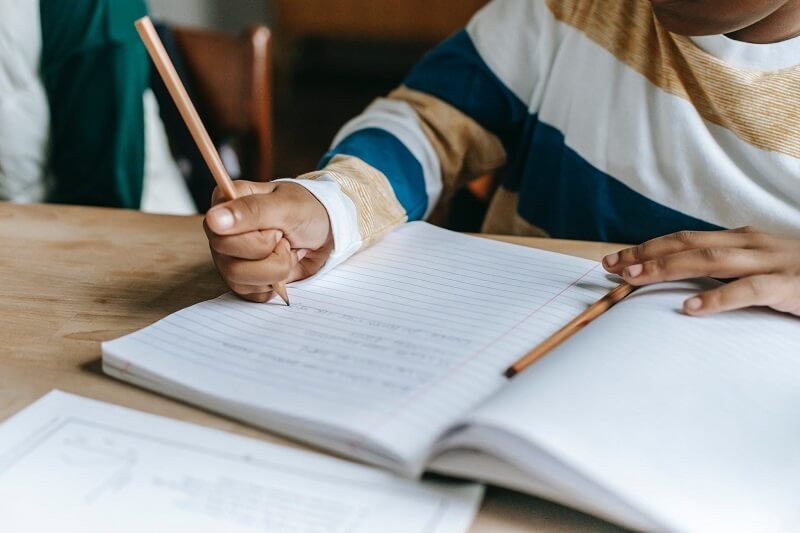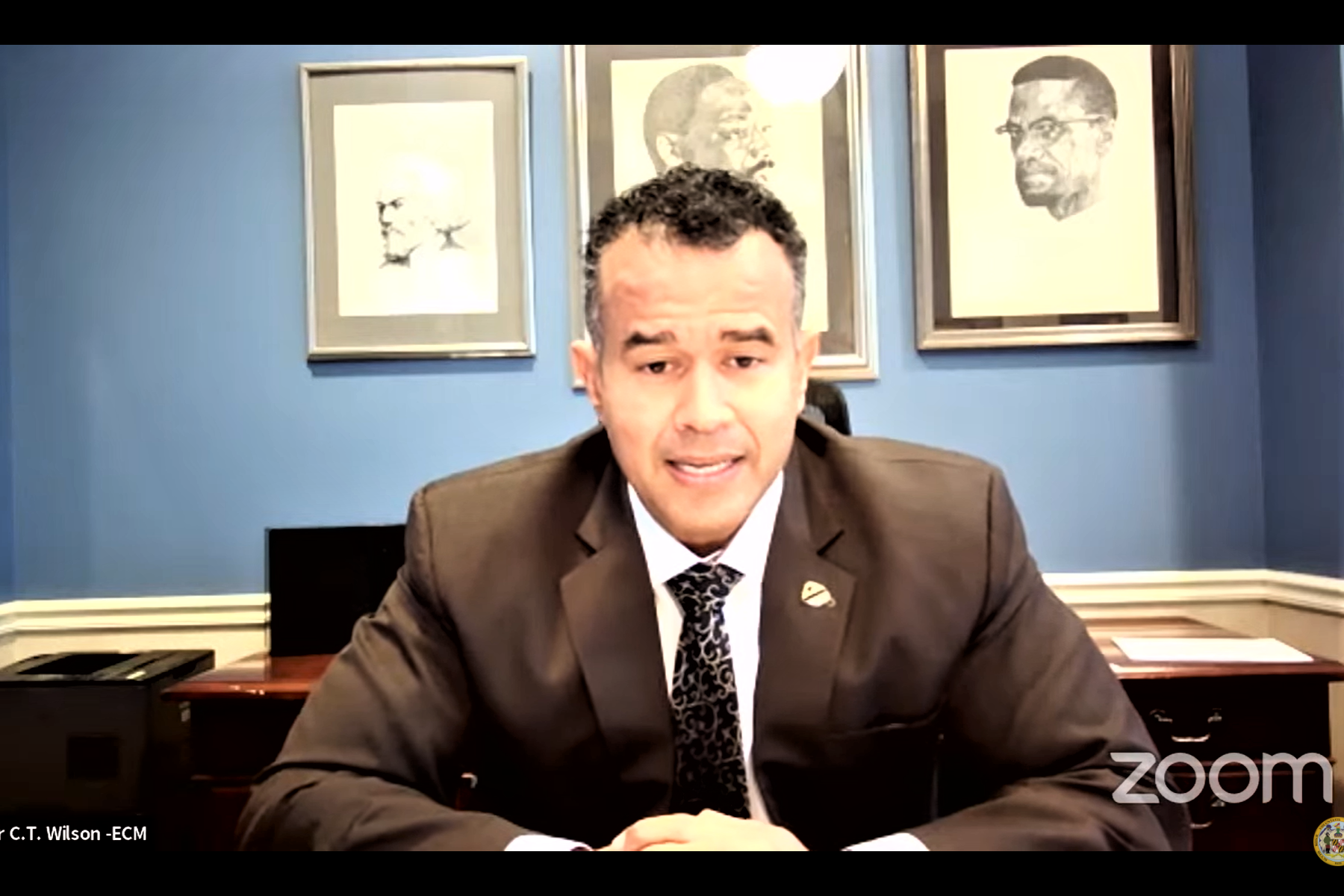
The COVID-19 crisis has exacerbated inequities that have long existed within our education system. The achievement gap has widened, disproportionately impacting Black and Brown students. New data reveals that the failure rates in Maryland increased significantly during the second quarter. Nine school systems reported a failure rate of 20% or more in middle school English.
The impact on students in Maryland is significant; Baltimore City Public Schools found that more than half of students failed at least one course in their first quarter and 68% of students in grades nine and 10 have at least one failing grade since the district went virtual.
These numbers are alarming and amplify the urgency to support approaches that help address the widening educational disparity. We must meet kids where they are and give them – and their teachers – the tools they require to move forward.
The new federal funding presents an opportunity to address the impact of the pandemic on elementary and secondary schools across the country. In Maryland, Gov. Larry Hogan announced a plan to spend more than $3.9 billion in federal stimulus funding to help recovery. Of that amount, $600 million will be allocated to reopening schools, including $46 million to address long-term effects of learning loss. The supplemental budget will also use federal stimulus funding for education programs, allowing the state to save $431 million for the Blueprint Fund, which was finally enacted into law earlier this year. These funds could be transformational – but only if spent in a strategic, forward-looking way.
With this additional investment in our education system, school districts have an unprecedented opportunity, but they must also be wary of the pitfalls.
Short-sighted solutions like “drill and skill” products that provide students with rote practice for the skills-based assessment activities they encounter on standardized tests, but which isolate them from their peers and teachers at precisely the moment when they need it the most, must be avoided.
Implementing the wrong tools can exacerbate the problem resulting in students less engaged, teachers less energized, and administrators frustrated at the missed opportunity to meaningfully support students and educators.
Policymakers need to be thoughtful about how this money is spent to maximize student progress.
A poll conducted by Maryland State Education Association revealed that student participation is the biggest concern for Maryland educators. Eighty-seven percent of educators cited students are not motivated to complete their schoolwork. If we do not address the root of this problem, our efforts cannot be successful in the long run.
Students have not lost learning this year, they have lost the motivation to learn.
Grounded in this inextricable connection, Newsela developed a four-pronged approach that offers solutions to re-engage students in their learning and can help schools and districts looking for a research-based foundation on which to develop their recovery plans.
Schools must first ensure students and teachers are emotionally ready before diving into academics. We must focus on relationships and integrate social emotional learning, or SEL, skills alongside core instruction, so students are in the right mindset to learn. It has been a trying year and getting back to learning can help. Schools can work on helping students focus on skills such as goal setting and managing stress as part of daily instruction.
Assessments are important tools to understand where to resume teaching, however, they should be used thoughtfully. Students need to believe that they can be successful in doing the task set before them. We must avoid high-stakes assessments or ones that are not adaptive to a student’s level, which can negatively impact students’ mental well-being and self-concept.
Educators must look forward and plan for acceleration with new content skills and practice so they can continue their learning – while avoiding the impulse to try and reteach everything students may have missed. We should focus on the essentials they need to be successful moving forward with content that adapts as they build skills.
Most importantly, once teachers understand where students are, they must re-engage students in their learning by leveraging authentic, responsive and inclusive content that is aligned with the state’s standards. Reusing old content that does not reflect a student’s lived experiences will cause students to lose interest and disengage.
We all discovered through remote learning that education can – and must – be flexible.
There is an opportunity to offer a customized education that fits the needs of students. New strategies and tools can challenge the one-size-fits-all education model, confirming that with the right access and support, students can move at their own pace.
In leveraging the experiences gained from the pandemic, Maryland’s schools can ensure that education for all our students is equitable and accessible.
–DAN COGAN-DREW
The writer is co-founder and chief academic officer of Newsela.





 Creative Commons Attribution
Creative Commons Attribution